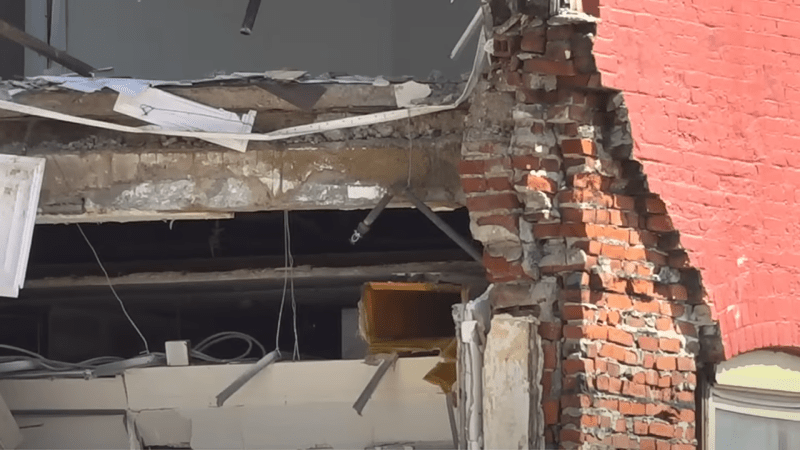dik
Structural
- Apr 13, 2001
- 26,021
"A six-story apartment complex partially collapsed Sunday evening in the city of Davenport, Iowa, authorities said. It was not immediately clear if there were any fatalities or how many people may be missing or trapped in the building.
Davenport Mayor Mike Matsen said there were "several people unaccounted for," but did not give a specific number or range.
The collapse happened shortly before 5 p.m. local time, Davenport fire chief Mike Carlsten said. The cause of the collapse was not immediately clear."
-----*****-----
So strange to see the singularity approaching while the entire planet is rapidly turning into a hellscape. -John Coates
-Dik
Davenport Mayor Mike Matsen said there were "several people unaccounted for," but did not give a specific number or range.
The collapse happened shortly before 5 p.m. local time, Davenport fire chief Mike Carlsten said. The cause of the collapse was not immediately clear."
-----*****-----
So strange to see the singularity approaching while the entire planet is rapidly turning into a hellscape. -John Coates
-Dik

